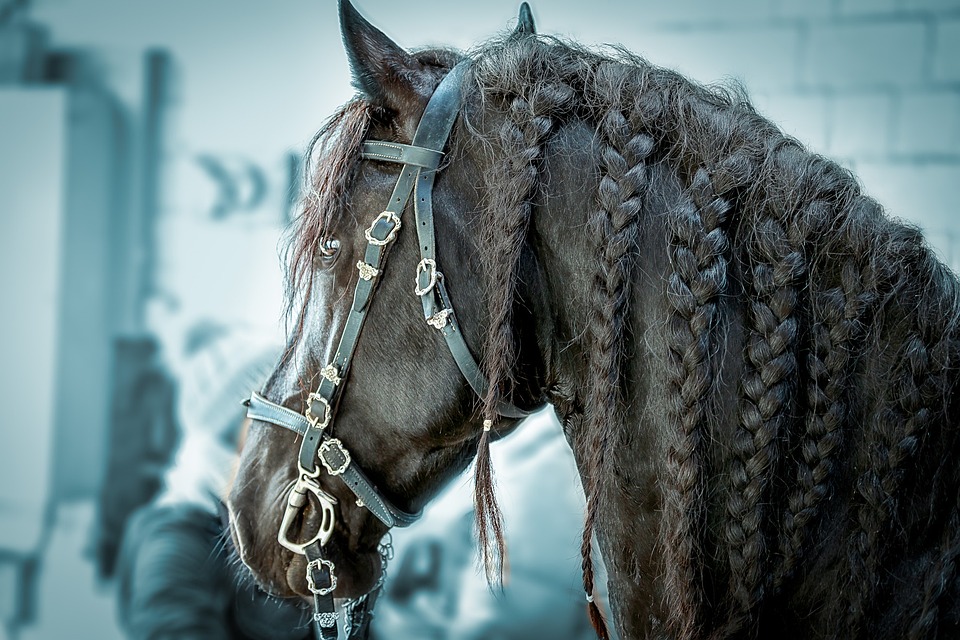Another AAFCO meeting has come to a close, but the future of the organization is in deep trouble. The FDA has recently withdrawn from their agreement to work with AAFCO on approving new ingredients, and pet food manufacturer members of the Pet Food Institute are pushing a bill through Congress that would put pet food solely under the jurisdiction of the FDA, removing all state regulation of pet food. This proposed PURR Act could potentially lead to many State Feed Officials losing their jobs, leaving AAFCO without a significant portion of its membership. The members of AAFCO are understandably concerned about what lies ahead.
Ironically, the very pet food manufacturers that AAFCO has catered to over the years are the ones who could be responsible for the organization’s downfall. It is concerning to see the FDA moving forward with elements of the PURR Act even before a vote in Congress has occurred. The FDA’s allegiance with the Pet Food Institute appears to be stronger than ever, raising questions about the future of pet food regulation.
During the recent meeting, the FDA announced its decision to approve pet food and animal feed ingredients separately from AAFCO, citing industry instability as a reason for the change. However, this decision fails to address the concerns raised by consumers over the years regarding the flawed AAFCO nutrient profiles, state regulations behind paywalls, and a lack of concern for pet owners from some AAFCO members.
One example discussed at the meeting was the approval of the salmon fish feed ingredient „Antarctic Krill Meal.“ While this ingredient may seem harmless, it is actually used to dye farmed salmon to mimic the color of wild salmon. The ingredient is allowed to contain potentially harmful substances such as ethoxyquin, lead, and astaxanthin, raising questions about the safety of the food we consume.
The meeting also touched on important topics such as High Pressure Pasteurization (HPP) and pet food label updates, which have been delayed until 2030. However, the implementation of these updates may be further jeopardized by the proposed PURR Act. Additionally, the discussion around setting a voluntary copper maximum for pet foods revealed a concerning lack of action from AAFCO and the FDA, despite scientific evidence linking excessive copper levels to liver disease in dogs.
The refusal to allow pet foods to voluntarily limit copper levels, despite flawed science from industry representatives, highlights the influence that companies like Hill’s Pet Food have over regulatory decisions. This biased action raises concerns about the future of pet food regulation and the potential impact on pet health.
As the meeting concluded, the retirement of a member of the Pet Food Committee served as a reminder of the human cost of regulatory failures in the pet food industry. While some state feed officials and AAFCO members genuinely care about regulating pet foods, their efforts are often limited by industry influence.
The future of AAFCO remains uncertain, with the FDA’s close ties to the Pet Food Institute raising concerns about the direction of pet food regulation. It is essential for pet owners to stay informed and advocate for transparent and science-based regulations that prioritize the health and safety of our pets.





